From measurement tools to a shift in mindset and leadership, a recent debate at the Food Safety Consortium brought to light the varying levels of opinion and understanding about food safety culture. In a four-part series with Food Safety Tech, Brian Bedard, executive director of the GMA Science and Education Foundation and Lone Jespersen, director of food safety at Maple Leaf Foods continue the conversation about food safety culture and where it’s headed in 2016.
Food Safety Tech: What is the most controversial aspect to the concept of Food Safety Culture?
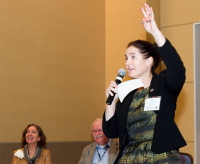
Lone Jespersen: I don’t think there are a lot of controversial aspects. I think the debate in Chicago [at the Food Safety Consortium] showed exactly that—companies understand the importance of food safety culture. The challenges that we collectively face lies in what food safety culture is and how we can best measure improvements within our organization to sustain a strong and effective food safety culture. That, by definition, requires that we know what food safety culture is and what we are going to measure. That is where the lack of clarity, understanding, and alignment is.
Over the last few months, I’ve done a lot of comparisons between the measurement tools, and they’re actually not terribly different, but as usual, we get confused by words. As long as we have a clear understanding of how tools are different and what they actually measure, it will be possible for each of us to select the best method for our organization. It’s more confusion than controversy. If we speak of controversy, I think it is with manufacturers and processors who are increasingly worried about what FDA is going to do when they talk about the food safety culture—will investigators come and look for food safety culture without a clear understanding of what it is? Again, it requires that we have a common understanding, which we don’t have today.
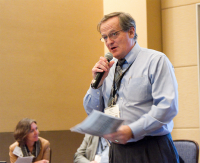
Brian Bedard: I agree. It’s not really controversy; it’s more of confusion and misunderstanding. We’re seeing some alignment and a better understanding that food safety culture is not something totally different and out in left field; it’s a new way of looking at food safety that is all-encompassing and gets around what was happening in the past, which was an ad-hoc, disjointed approach to dealing with food safety issues. It gives companies a more refined process to drive food safety that everyone can understand, from senior managers right on down.
Regulators around the world are looking at food safety culture as one way to help them do their work better. Our concern is that food safety culture shouldn’t become a regulatory tool per se but should be awareness and [an] appreciation that food safety culture at a company can help regulators better understand the risks they are supposed to be evaluating in a preventive manner.
The GMA Science Forum takes place April 18–21, 2016 in Washington, DC | LEARN MOREJespersen: It’s also about looking at food safety culture and the discussion today, which largely takes place in the forum of food scientists, food safety leaders, heads of food safety at large organizations—in other words, between individuals who are educated and experienced food safety professionals. Their experience is in developing microbiological environmental testing programs, full-scale food safety management systems that go across manufacturing facilities—very complex and technical issues, all of which couldn’t be more different than that required of a professional within an organizational where it’s about behaviors and consequences. The same goes for investigators and auditors [and their roles]—they’re good at assessing written systems, etc. What about behavioural observations and assessments? This stakeholder assessment hasn’t been a part of the debate, and we need to bring it in.

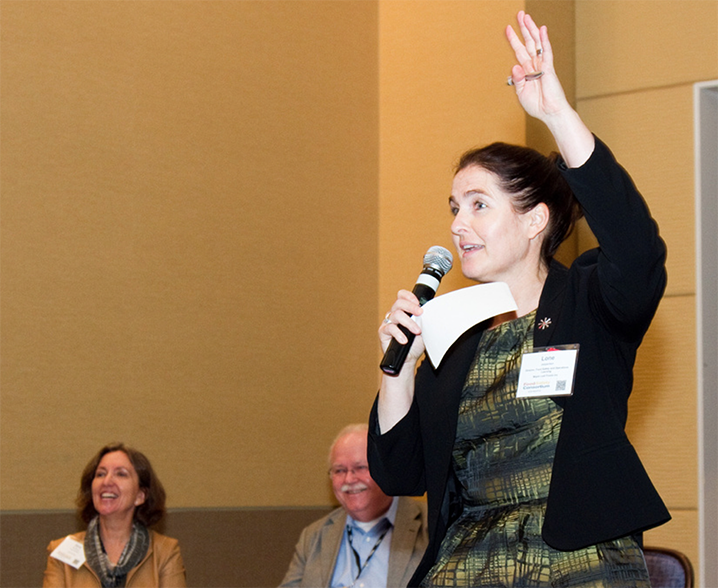
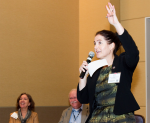
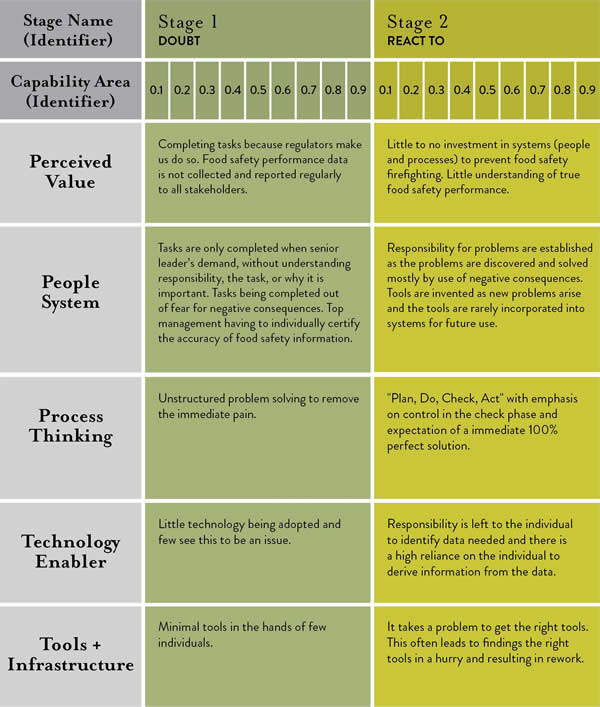
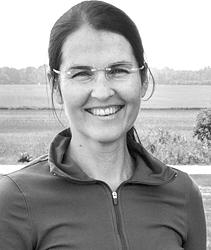





Good discussion. It would be helpful to have examples of industry metrics (leading and lagging) being used to measure Food Safety and Food Safety culture.